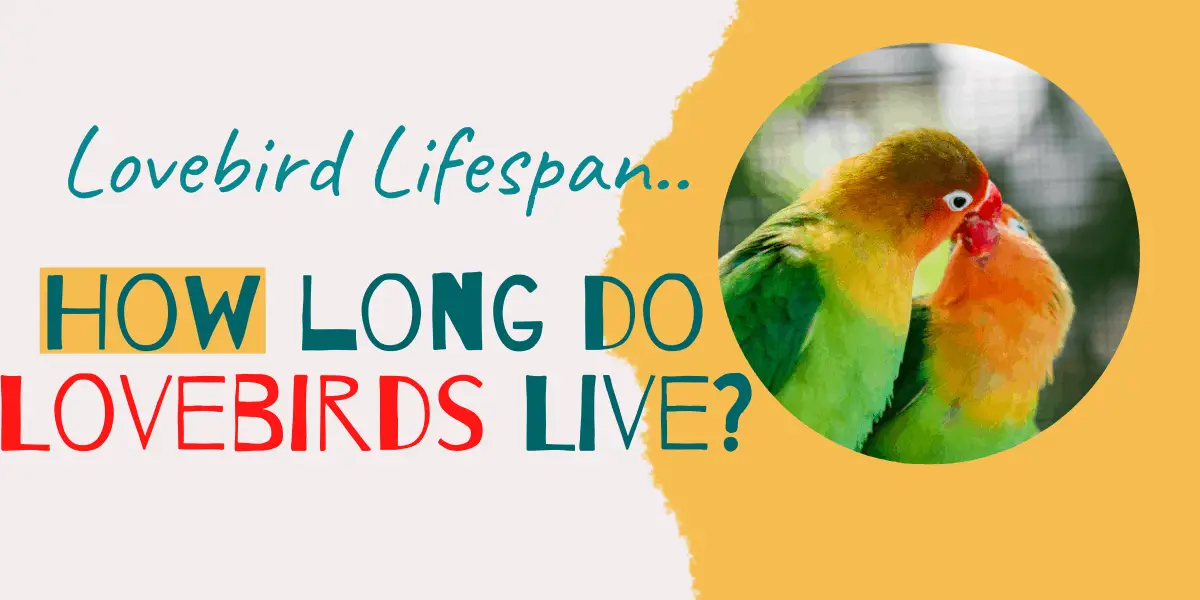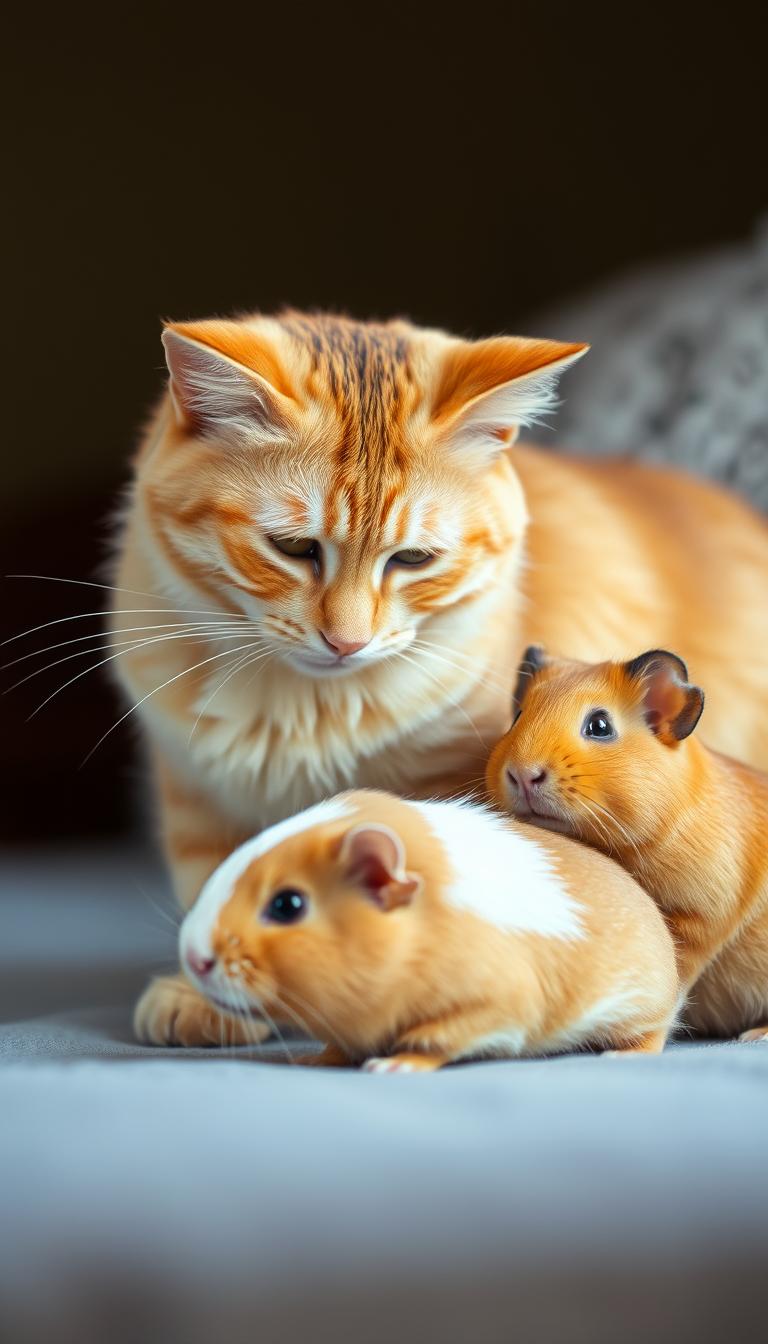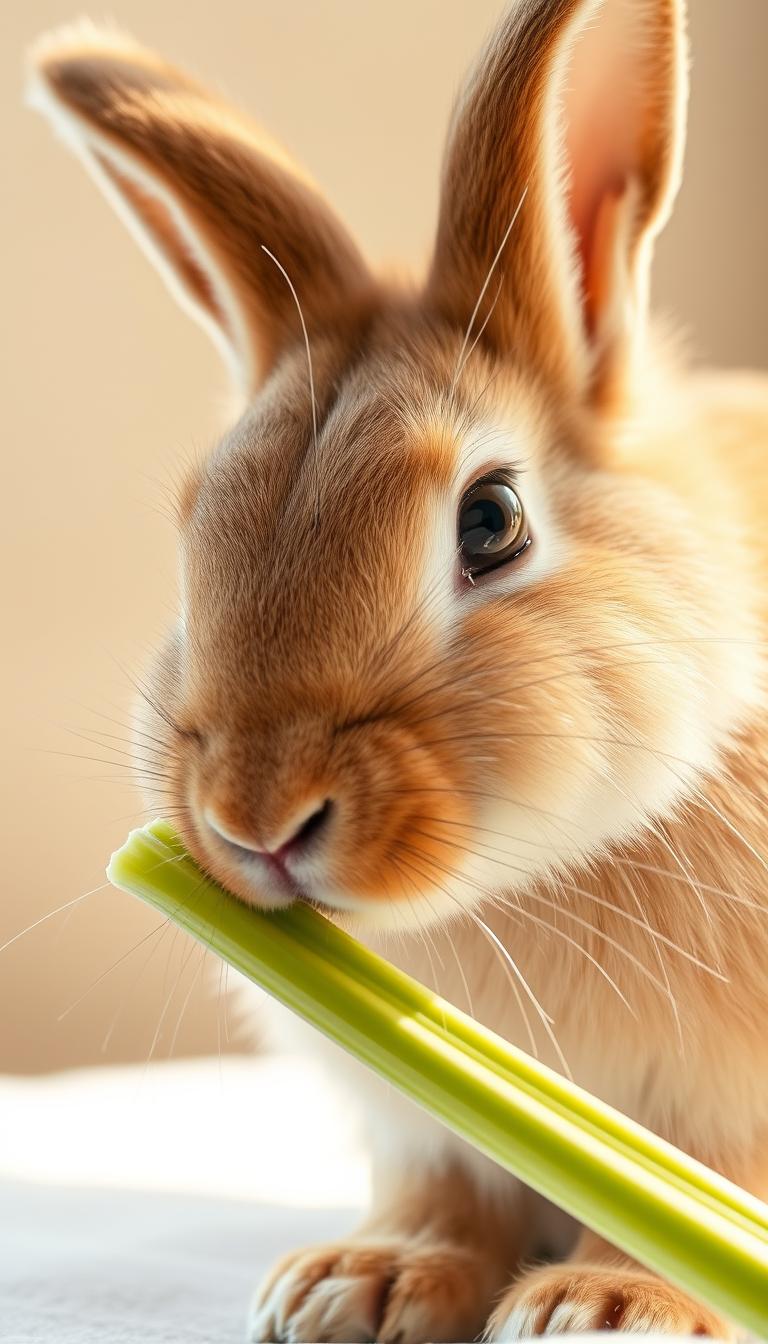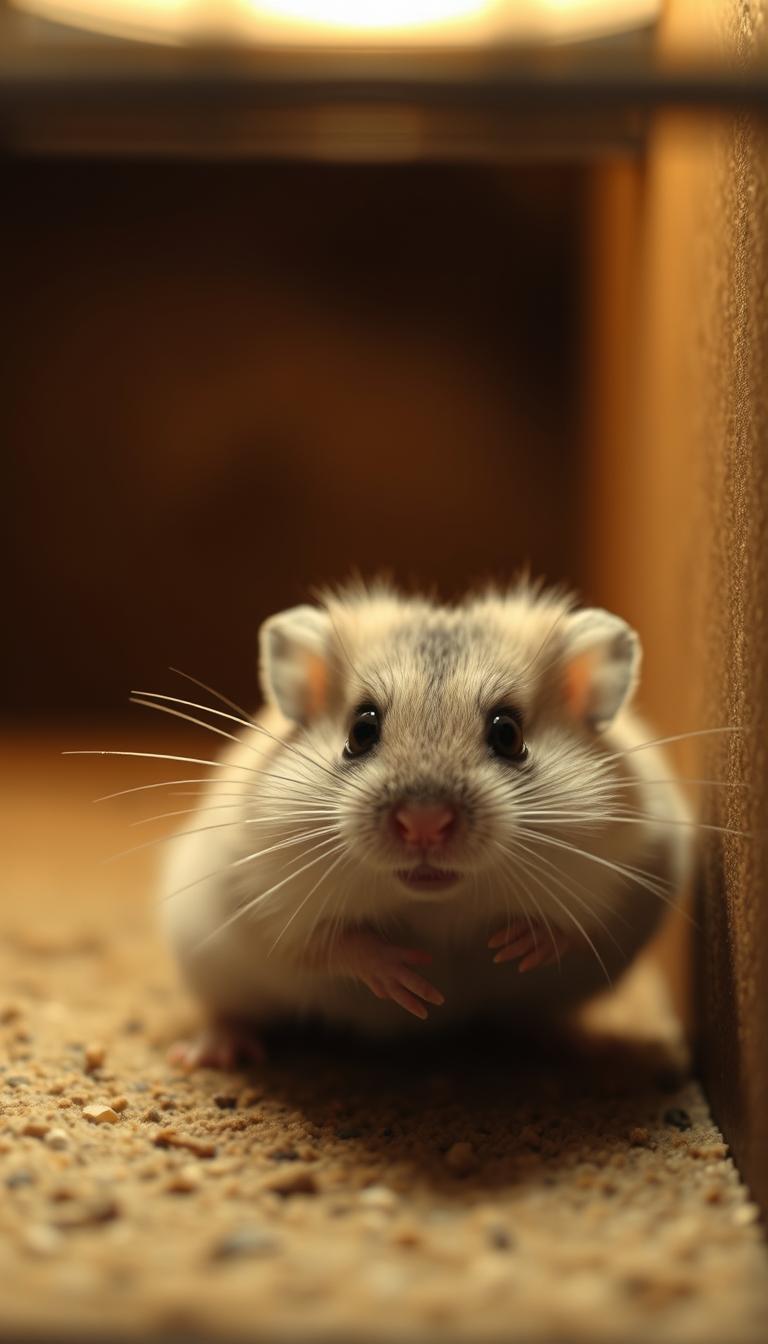If you are considering getting the sociable, affectionate, and widely popular lovebird as a pet (or perhaps you already own one of these loveable creatures) one of the most important questions that you will want to know is how long do lovebirds live?
Lovebirds of all species tend to have similar lifespans and these will vary depending on whether the bird is in the wild or kept in captivity. A lovebird in the wild can have a life expectancy of 10 – 15 years while a lovebird in captivity (as a pet) can generally have a longer lifespan of 10 – 20 years.
There are a few factors that can influence the lifespan of a lovebird and we cover what these are as well as discussing how you can potentially improve and maximize the lifespan of your own pet lovebird.
Table of Contents
How Long Do Lovebirds Live
We should start by saying many factors influence a lovebird’s lifespan and their average expectancy is exactly that, an average. Certain factors will see some lovebirds live longer than others, while life expectancy also varies depending on the individual species of the lovebird.
A lovebird in the wild (having to fend for itself) has a much more varied and shorter lifespan and can be expected to live anywhere from 5 – 15 years with 10 – 12 years being quite typical.
A lovebird in captivity that is being cared for by an owner has a much higher life expectancy of 10 – 20 years with 15 being a typical age.
A study on the lifespan of parrots in captivity covers two popular lovebird species, the Fischer’s lovebird and the Peach-faced lovebird which raises some very interesting points.
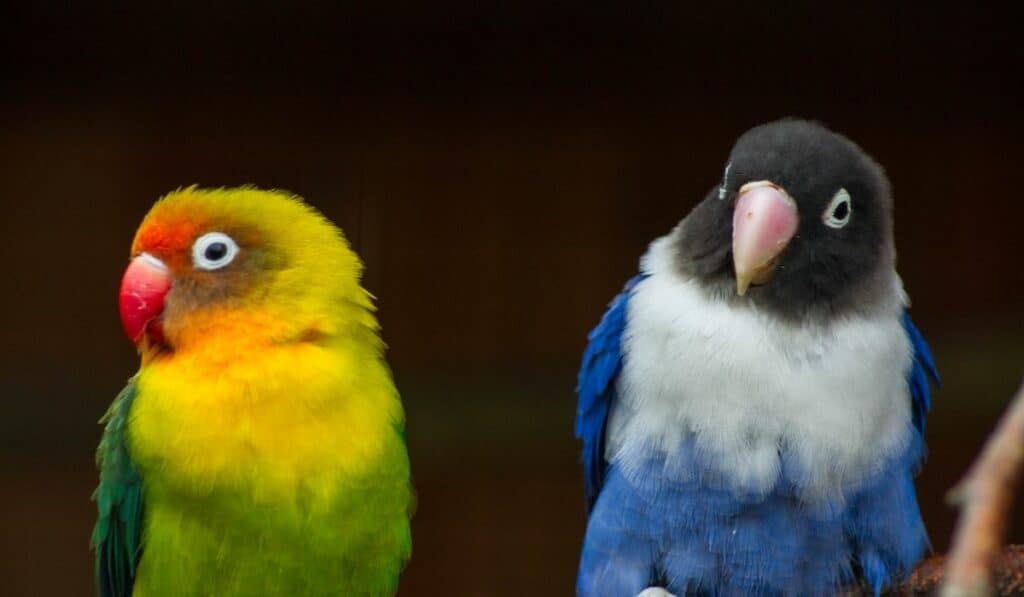
While the average lifespan was documented to be around 15 – 20 years in captivity (which is a relatively long lifespan for a lovebird) there were some exceptions:
A single Fischer’s Lovebird was recorded to live to the age of 32 and a single Peach-faced Lovebird was recorded living to a ripe old age of 34!
Of course, you will also get some lovebirds on the other end of the spectrum who unfortunately fall below the average and could only live for 1 – 10 years in captivity. This, however, is often the result of health issues and other complications.
As there is emerging evidence to show that lovebirds can live longer in captivity than in the wild, we have put together some important points below which detail how you can maintain the health of your lovebirds and see them live a long and healthy life as your little companion.
How to Improve the Lifespan of Your Lovebird
As mentioned above, lovebirds in captivity will tend to have longer lifespans in general than those out in the wild, however, that is not something to be taken for granted.
A significant factor in this is that birds in captivity are not subject to extreme weather conditions (especially like those in Africa from where these birds originate), they have a consistent supply of food and water (with owners making a key contribution to this), and they can form long-lasting bonds with the owner and a mate.
Adequate food and water ( Kaytee Seed is the food we use ) Paid Link To Amazon, regular health checks by a vet, and plenty of company and mental stimulation are just some of the things that you can do to both extend and enrich your lovebird’s life. Below are the key points to ensure your lovebird lives a comfortable, happy, and long life:
- Diet – The most important aspect is diet, it’s not only important to ensure your lovebird is adequately fed and hydrated but you also need to ensure they are consuming a nutrient-rich diet. Lovebirds in the wild will eat a mixture of seeds, grains, berries, and greens so a good seed mix is essential when supplementing with some fruits, vegetables, and bark.
- Exercise – Providing a cage with significant space to fly and exercise is another important factor. Out of cage time is also highly recommended to let your lovebird roam freely for a short period of time to exercise, play, and explore. Toys are also a good addition to keep your lovebird physically and mentally stimulated.
- Companionship – This is arguably the most important factor when it comes to a lovebird’s overall health and quality of life. Lovebirds are very affectionate and social creatures and they earned their name as a result of the way they choose a mate for life and can be seen by their side for the duration of their life.
The last point about companionship then leads to two scenarios.
Firstly, to own a lovebird you need to be able to devote a certain amount of time to spending time with them. This involves playing with them, interacting, stroking, scratching, holding, and even just being present in the room with them. They generally need companionship for an enriched life.
Secondly, if you can’t be present then it’s a good idea to get them a mate or same gender species to form a bond with. This is an important factor to ensure a stress-free and ultimately long life.
People often claim that their lovebird died prematurely from depression/loneliness after losing a companion and while this isn’t medically backed up, it will certainly help keep your lovebird happy and stress-free which does contribute to life expectancy.
Conclusion: Lovebird Lifespan
If you are thinking about getting a lovebird as a pet then it’s certainly reassuring to know that they have a good lifespan and are capable of living comfortably for 15 – 20 years in captivity with some even surpassing this age!
This isn’t something to be taken for granted though and in order to ensure you help this process as an owner, providing a good diet, exercise, living environment and companionship will be key to your lovebird living a long and fruitful life.

